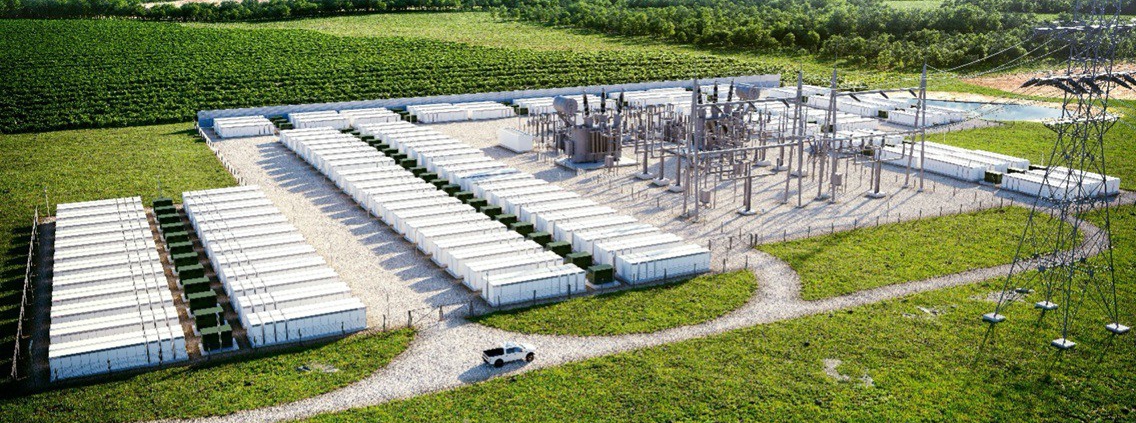Lithium Battery Storage: Market Trends, Applications, and What Buyers Should Know
As the global energy landscape evolves, lithium battery storage has emerged as a key solution for improving energy resilience, enabling renewable integration, and enhancing power reliability across sectors. From homes and businesses to utility-scale projects, lithium-ion technology is driving a transformation in how energy is stored and managed.
In this article, we break down the core applications, market outlook, and critical factors buyers need to understand when evaluating lithium battery storage systems. Whether you’re a homeowner looking for backup power, a commercial operator aiming to reduce demand charges, or a systems integrator evaluating performance specs, this guide will help you make informed decisions.
What Is Lithium Battery Storage?
Lithium battery storage refers to the use of lithium-ion batteries to store electrical energy for later use. These systems are composed of battery modules (often lithium iron phosphate [LFP] or nickel manganese cobalt [NMC] chemistries), a battery management system (BMS), and power electronics such as inverters.
Unlike traditional lead-acid batteries, lithium battery storage offers higher energy density, longer cycle life, faster charge/discharge rates, and lower maintenance requirements. These advantages make lithium ideal for applications where performance, space efficiency, and long-term cost savings are priorities.
Key Applications Across Sectors
- Residential Use
Homeowners are increasingly turning to residential battery storage systems to pair with solar panels, reduce grid dependence, and ensure backup during outages. In areas prone to power disruptions—like California or Texas—lithium batteries provide peace of mind and improve energy self-sufficiency.
Common residential benefits include:
- Time-of-use energy savings
- Backup power for critical appliances
- Compatibility with smart energy management systems
- Commercial & Industrial Use
Businesses and facilities with large energy demands often face high peak electricity charges. Deploying commercial and industrial energy storage systems can mitigate these costs through demand charge reduction, energy arbitrage, and load shifting.
Industrial users also benefit from:
- Increased equipment uptime
- Power quality stabilization
- Integration with on-site renewables
- Utility-Scale Deployment
At the grid level, utility-scale energy storage is being rapidly adopted to support renewable generation, provide frequency regulation, and delay or eliminate the need for costly grid infrastructure upgrades.
Utility applications typically focus on:
- Renewable energy smoothing (solar/wind)
- Load balancing and frequency control
- Emergency backup for critical infrastructure
Market Outlook: Why Lithium Battery Storage Is on the Rise
According to BloombergNEF, global stationary battery storage deployments are projected to reach over 400 GW by 2030—up from less than 50 GW in 2023. Lithium-ion chemistry is expected to dominate this growth, largely due to its maturity, proven safety track record, and falling costs per kWh.
Key drivers of this trend include:
- Policy incentives like the U.S. Inflation Reduction Act and state-level rebates
- Increased solar PV adoption, especially in residential and commercial markets
- Climate-related reliability concerns, prompting more backup solutions
- Grid decentralization, pushing storage closer to the point of consumption
As demand grows, the supply chain continues to mature. Today, buyers can choose from a wide network of trusted lithium ion suppliers who deliver certified, high-performance systems tailored to a wide range of needs.
Comparing Lithium Battery Storage to Traditional Alternatives
While lithium-ion batteries are widely regarded as the superior solution in many use cases, it’s still important to understand how they stack up against lead-acid and other storage technologies:
| Feature | Lithium-ion | Lead-acid |
| Cycle life | 3,000–6,000+ | 500–1,000 |
| Depth of discharge | 80–100% | 50–60% |
| Maintenance | Low | Requires watering & monitoring |
| Energy density | High | Low |
| Efficiency | 90–95% | 70–80% |
| Upfront cost | Higher | Lower |
| Lifetime cost | Lower (TCO) | Higher |
Lead-acid may still be viable in low-cycle or cost-constrained scenarios, but for long-term performance, lithium battery storage delivers superior ROI, space efficiency, and operational simplicity.
Choosing the Right Battery Energy Storage System
Whether you’re deploying a home or commercial energy storage system, several factors need careful consideration:
- Battery chemistry: LFP offers thermal stability and longevity; NMC provides higher energy density
- Scalability: Is the system modular and easy to expand?
- Compatibility: Can it integrate with your inverter, solar panels, or building EMS?
- Certifications: Look for UL1973, UL9540A, or IEC compliance
- Environmental tolerance: Some systems are better suited for hot, cold, or humid conditions
- Support and warranties: Reliable after-sales support can make a big difference
To help navigate these factors, many buyers begin their search with complete battery energy storage systems designed for easy deployment and long-term reliability.
Real-World Use Cases
📍 Case 1: A Grocery Chain in Arizona
A regional supermarket deployed a 1MWh lithium storage system to reduce peak demand charges during summer afternoons. The project paid for itself in under four years, with an ROI exceeding 20%.
📍 Case 2: A Family Home in Northern California
After experiencing frequent outages during wildfire season, the homeowner installed a 10kWh lithium system coupled with rooftop solar. The setup now provides full energy independence for up to 24 hours.
📍 Case 3: Microgrid in Puerto Rico
In a remote region with limited grid access, a lithium-ion microgrid system powers a small medical clinic, using solar plus storage for clean and uninterrupted electricity.
Conclusion: Is Lithium Battery Storage Right for You?
Lithium battery storage is no longer a niche technology. It’s a cornerstone of modern energy infrastructure, delivering flexibility, resilience, and sustainability to users across sectors. Whether you’re securing backup power, maximizing solar self-consumption, or stabilizing industrial loads, lithium-ion solutions offer a proven, future-ready path forward.
As adoption accelerates, now is the time to explore the right storage system for your needs—backed by industry expertise and scalable technology built for tomorrow’s energy demands.


